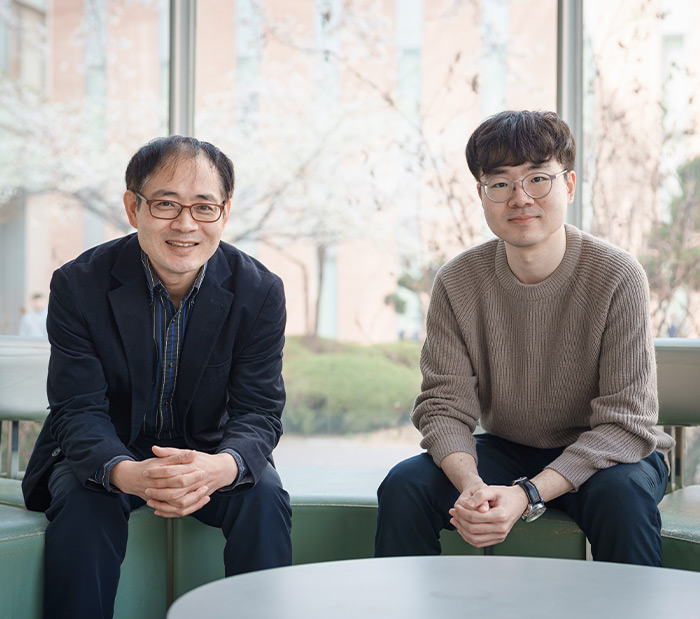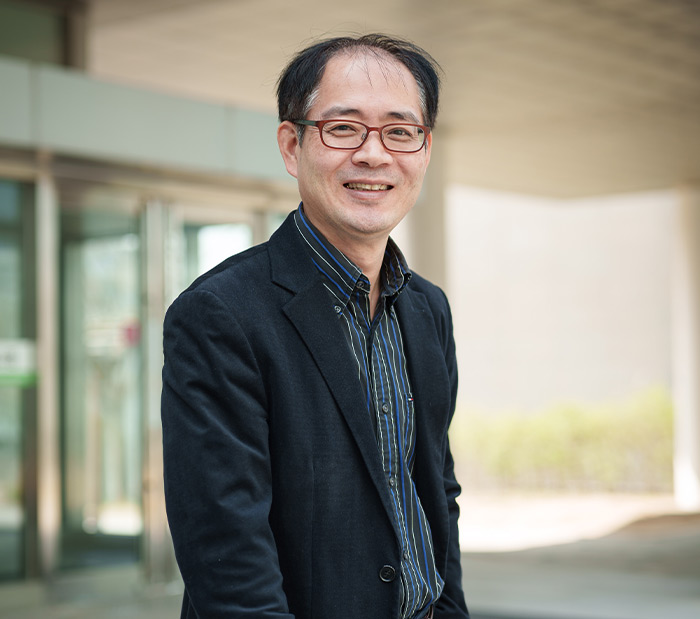Research Stories
Wavelength engineerable porous organic polymer photosensitizers with protonation triggered ROS generation
An imidazolium-based porous organic polymer material via cost-effective one-pot reactions
Chemistry
Prof.
LEE, JINYONG
Ph. D. Jong Hyeon Lim
The research team led by Prof. Jin Yong Lee of the Department of Chemistry (co-first author Ph. D. Jong Hyeon Lim) has developed a new porous organic photosensitizer (PS) system, KUP-1 for photodynamic therapy (PDT) through collaborative research with research teams led by Prof. Sungnam Park (Korea University), Prof. Dokyoung Kim (Kyung Hee University), Prof. Jong Seung Kim (Korea University), and Prof. Chang Seop Hong (Korea University). The research was published online in Nature Communications (IF: 17.694) in March 2023 under the title "Wavelength engineearable porous organic polymer photosensitizers with protonation triggered ROS generation.
Although PDT is the most attractive and promising non-invasive therapy for cancer and microbial infection treatment, since several stages are involved in energy transfer process from the excitation of PS to the generation of reactive oxygen species (ROS), its ROS generation efficiency can lead to a significant variation with even slight changes in the excitation wavelength. Therefore, it is a challenge to adjust the excitation wavelength conditions of PS maintaining high ROS generation efficiency, which is also necessary to improve the therapeutic efficiency of PDT.
The KUP system developed in this study is an imidazolium-based porous organic polymer material via cost-effective one-pot reactions. Remarkably, the optimal wavelength for maximum performance for generating ROS can be tuned by modifying the linker, despite the absence of metal ions and covalently attached heavy atoms. However, the detailed mechanism was not well understood, so Prof. Jin Yong Lee's group presented a theoretical basis for the experimental results showing that only ROS was generated in the protonated KUP system by comparing the relative rates of reactions that occur during the ROS generation process through non-adiabatic molecular dynamics (NAMD) simulations and density functional theory (DFT) calculations. They also confirmed that the adsorption energy between the protonated KUP system and oxygen molecule was higher than that of the neutral system. It is expected that the new PS developed in this study will contribute to the development of PDT for cancer treatment.
*Title: Wavelength engineerable porous organic polymer photosensitizers with protonation triggered ROS generation.


